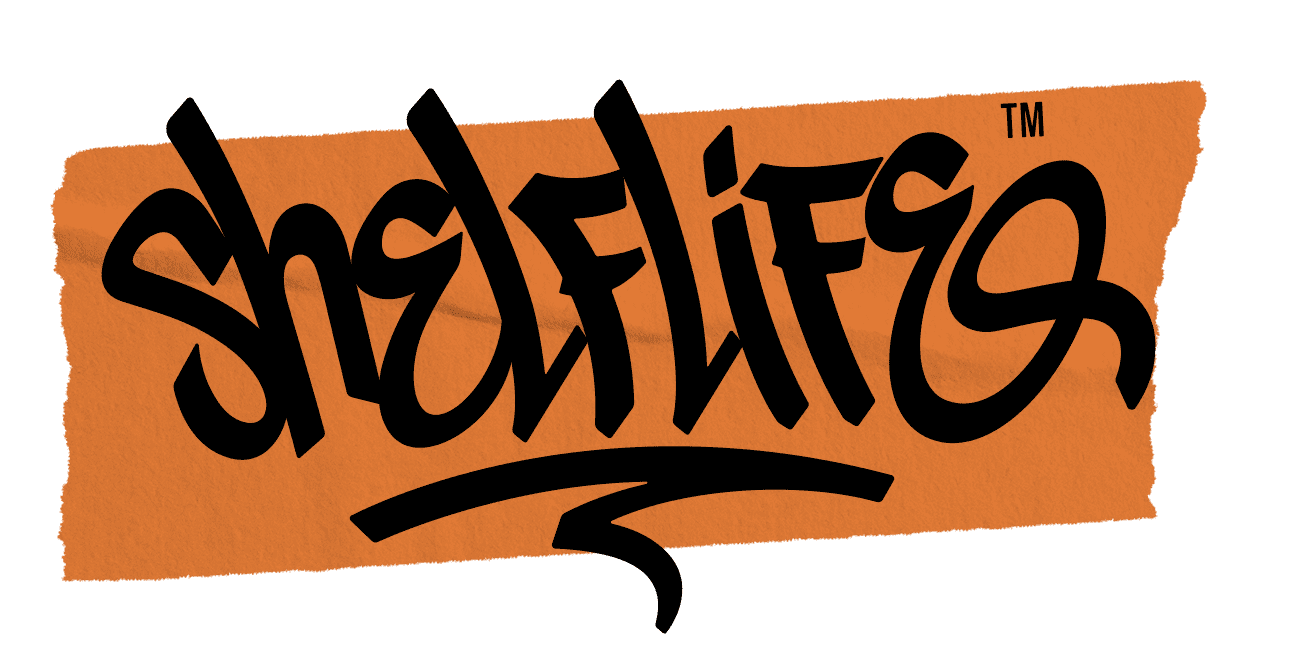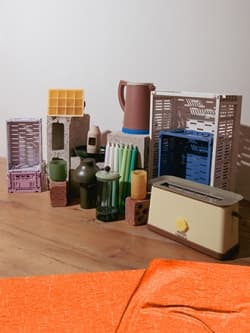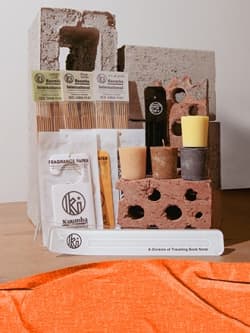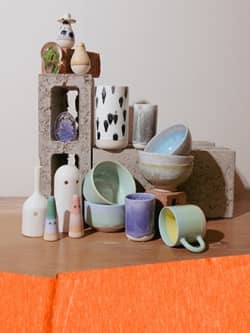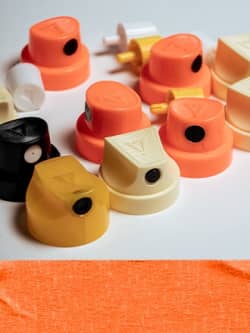Dlala Nje-ing in Inner Jozi

Dlala Nje, ‘just play’ in Zulu, is a tour company that runs inner-city experiences based around the iconic Ponte City skyscraper, as well as Hillbrow and Yeoville, two of the most notorious and misunderstood areas in Johannesburg. The group’s walks offer an exploration of the streets, sights and sounds of the Johannesburg downtown area. The funds from these tours allow the collective to also run a community centre in Ponte City, aimed at providing a safe learning environment for children and youth who live nearby. We chatted with Sifiso Zikhali, deputy CEO of Dlala Nje, about the tours and how they are changing perceptions about the streets of Jo’burg.
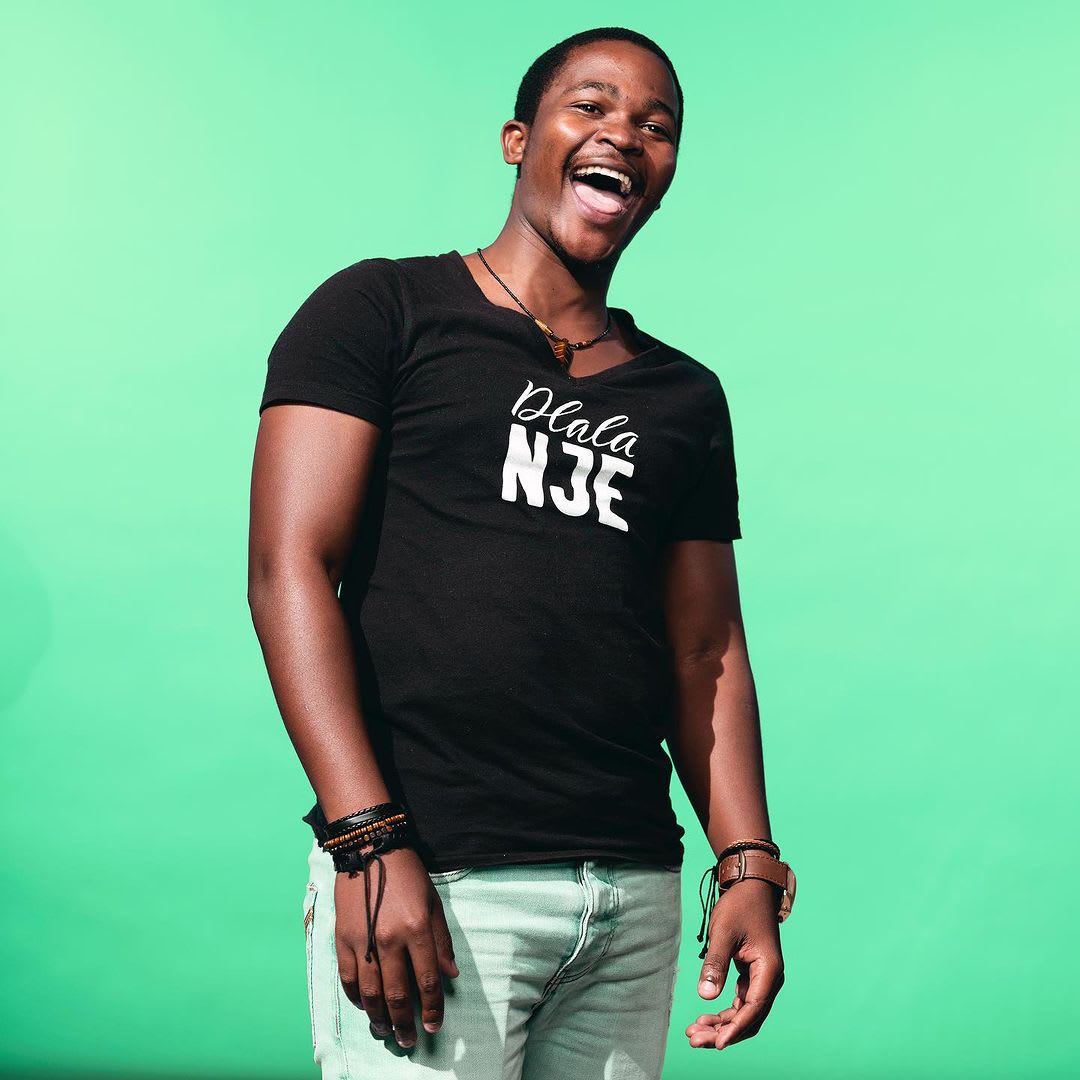



FM: Can you tell us how Dlala Nje started?
SZ: It started in 2012 when co-founder and journalist Nickolas Bauer was sent to do a story on the Ponte City building. He ended up getting a lease of the space on the 51st floor. When he hosted a housewarming party his close friend (and later co-founder) Michal Luptak fell in love with the building too and got himself an apartment. They decided to start a project in the building and found that there was an interest from people in touring it. We later started a community and teen centre on the ground floor from the funds raised by the tours.
FM: Why was urban tourism chosen as the platform to uplift this community?
SZ: The idea came from wanting to challenge people’s perceptions and create opportunities for people within the community. Anyone who comes to the country is told to not go to Hillbrow, the Ponte City building or downtown. Many people, including South Africans, are still scared of the building but then when they are taken on a tour through it, they say they didn’t know the building was no longer hijacked. The tours and the collective are run mostly by people from within the community, myself included. I live and work in the building.
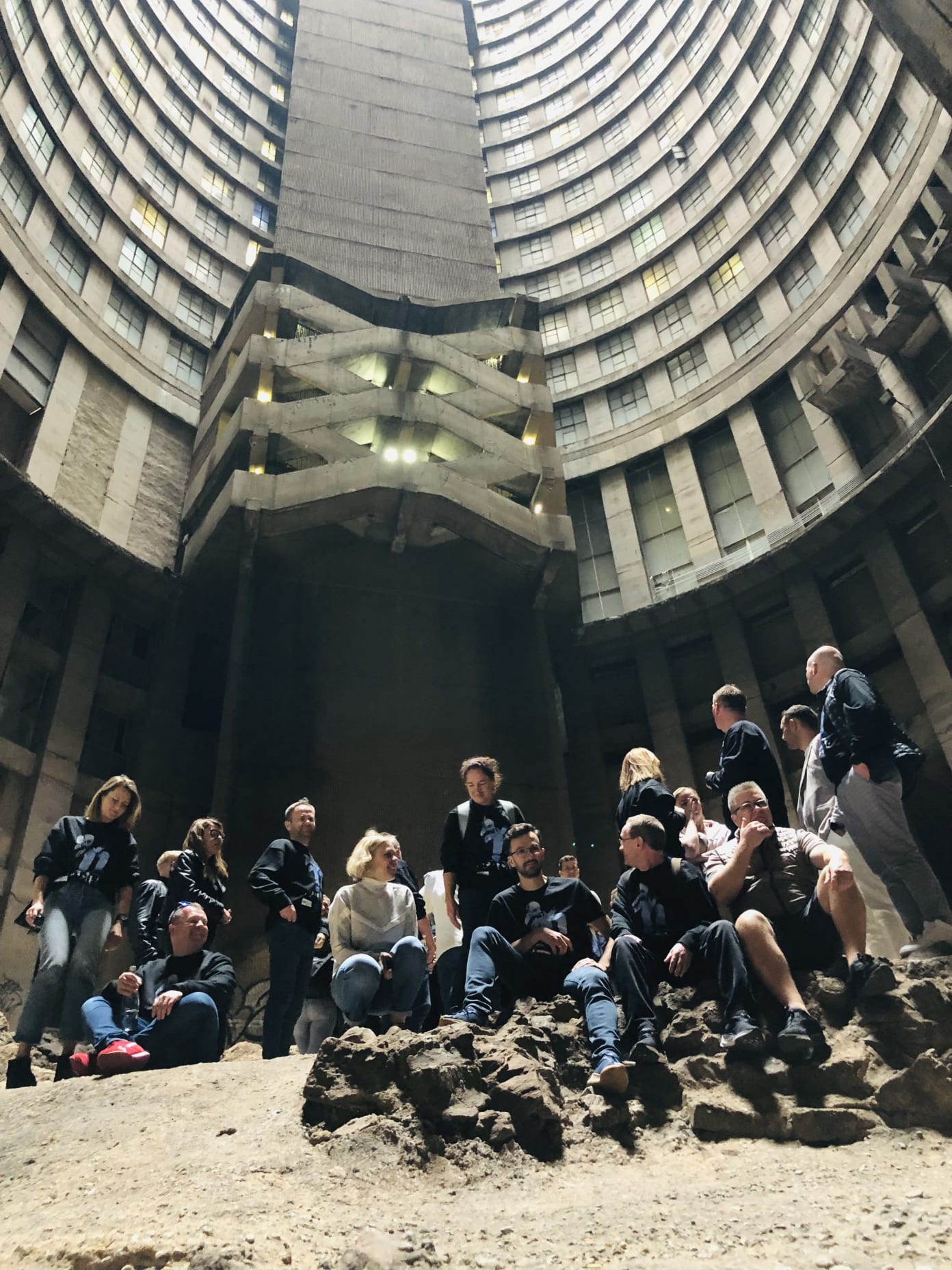
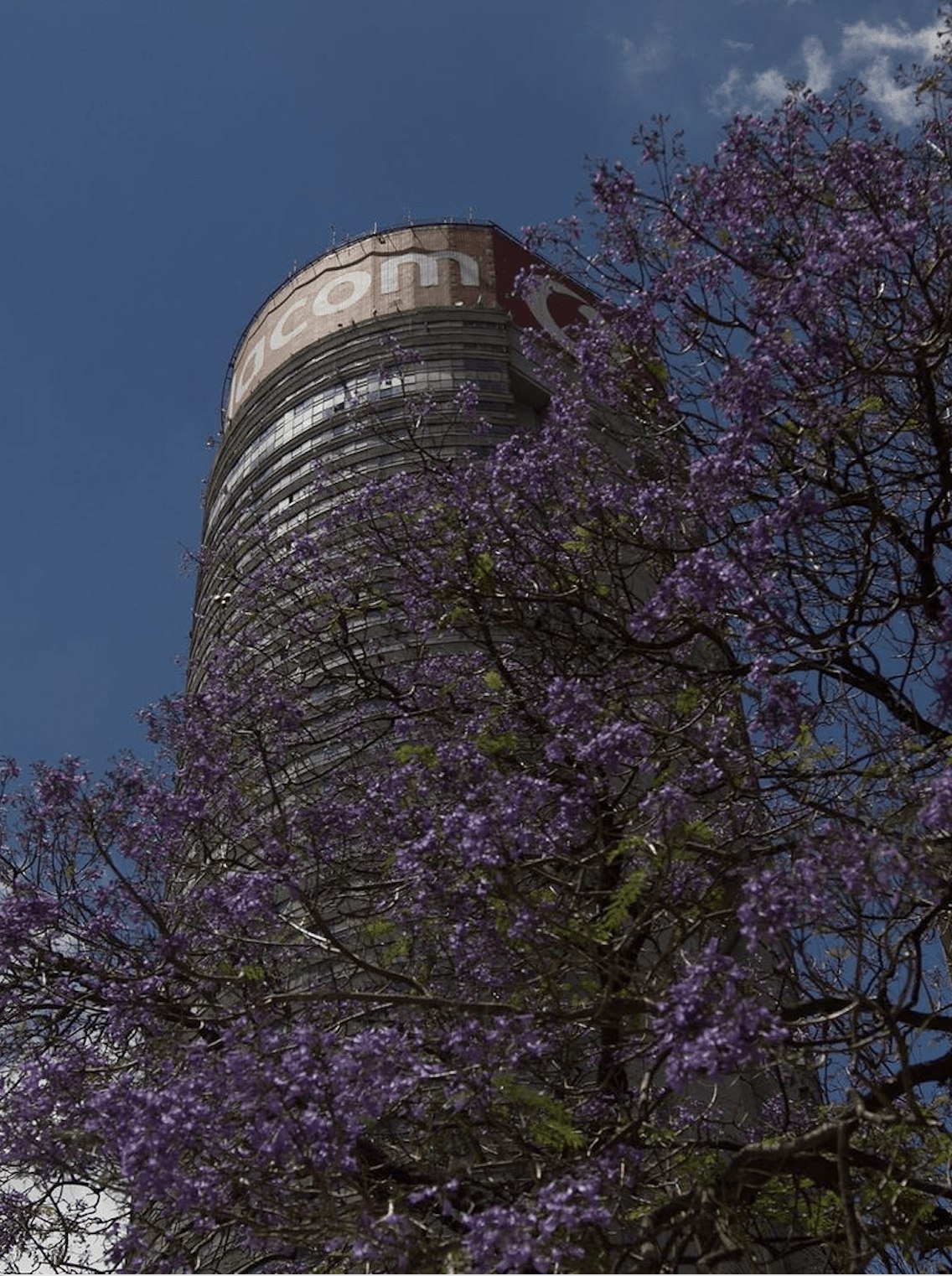
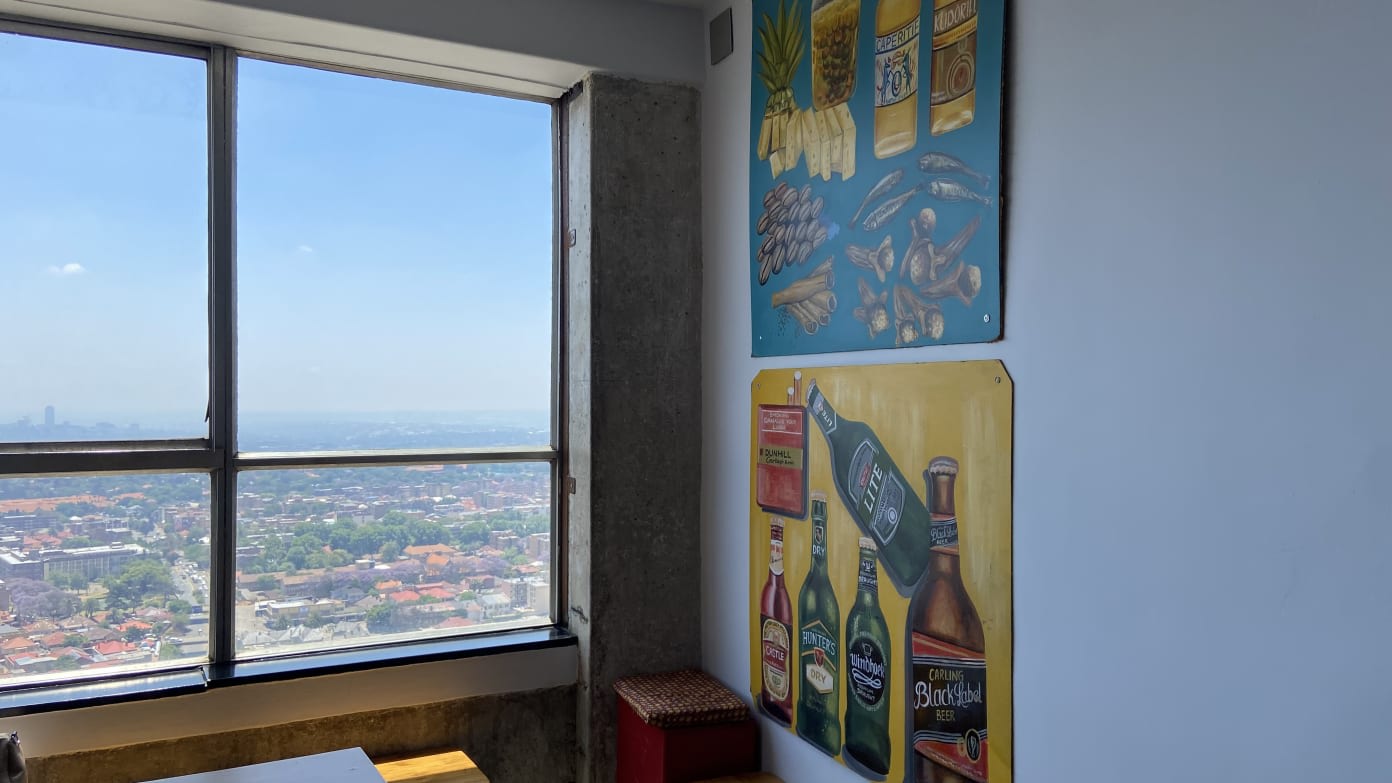





FM: Why is it important to change and challenge people’s perceptions?
SZ: People need to be free to come to the city. It is rich in history — it used to be the Sandton of the 1970s — and we can’t just abandon it. The tours lift the people in the community up. When the tours go through the streets, tourists buy stuff from the people selling on the streets and eat at the restaurants in the city. It gives people the opportunity to see the daily lives of every South African.
FM: What has the community’s response been to the tours?
SZ: We have received a lot of positive feedback. Some businesses make the mistake of not being part of the community, but we are immersed. Since we’ve been doing the tours and running the community centre, the number of children coming through has doubled. The parents trust us and trust that their children are in a safe space.
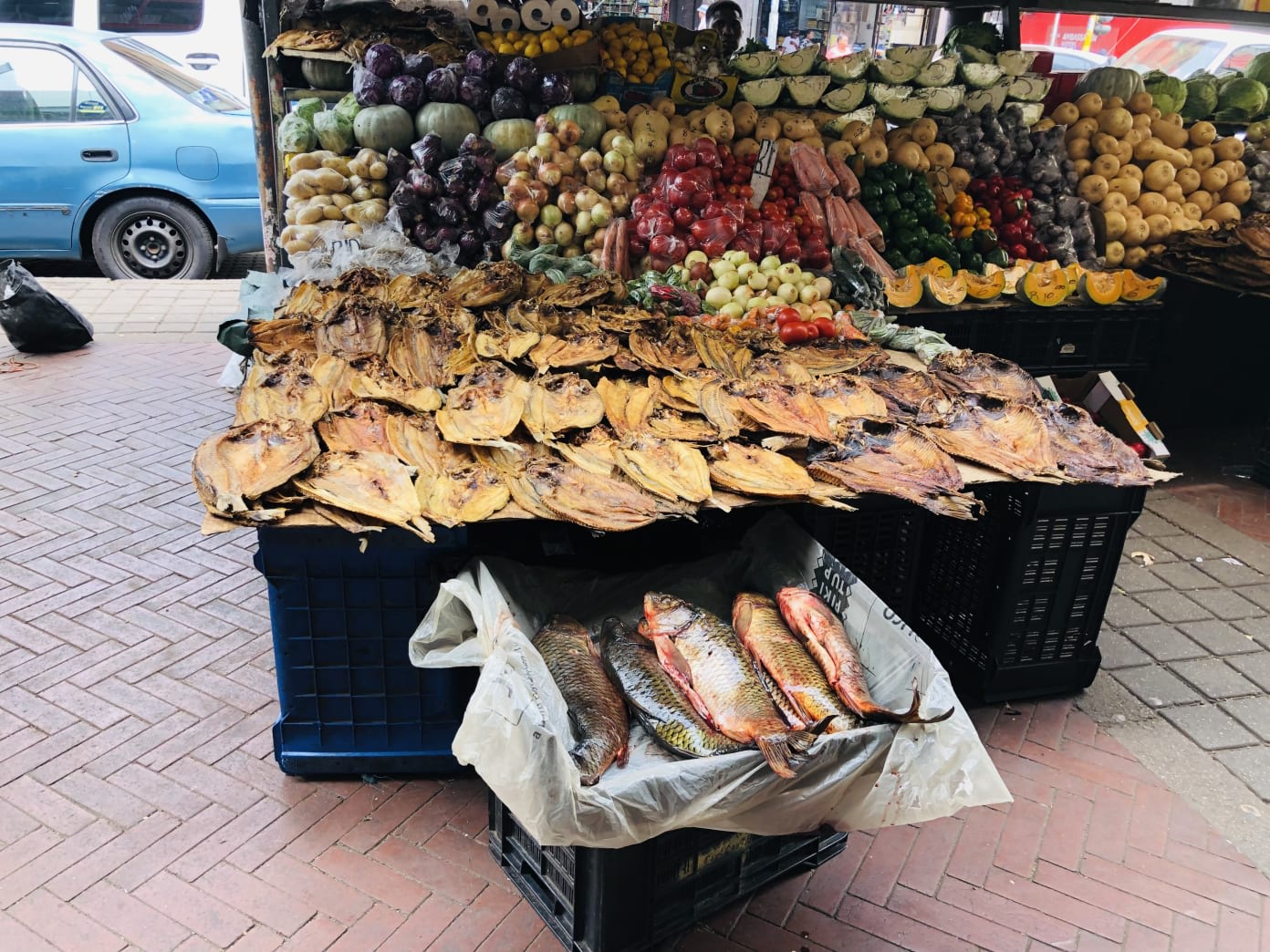
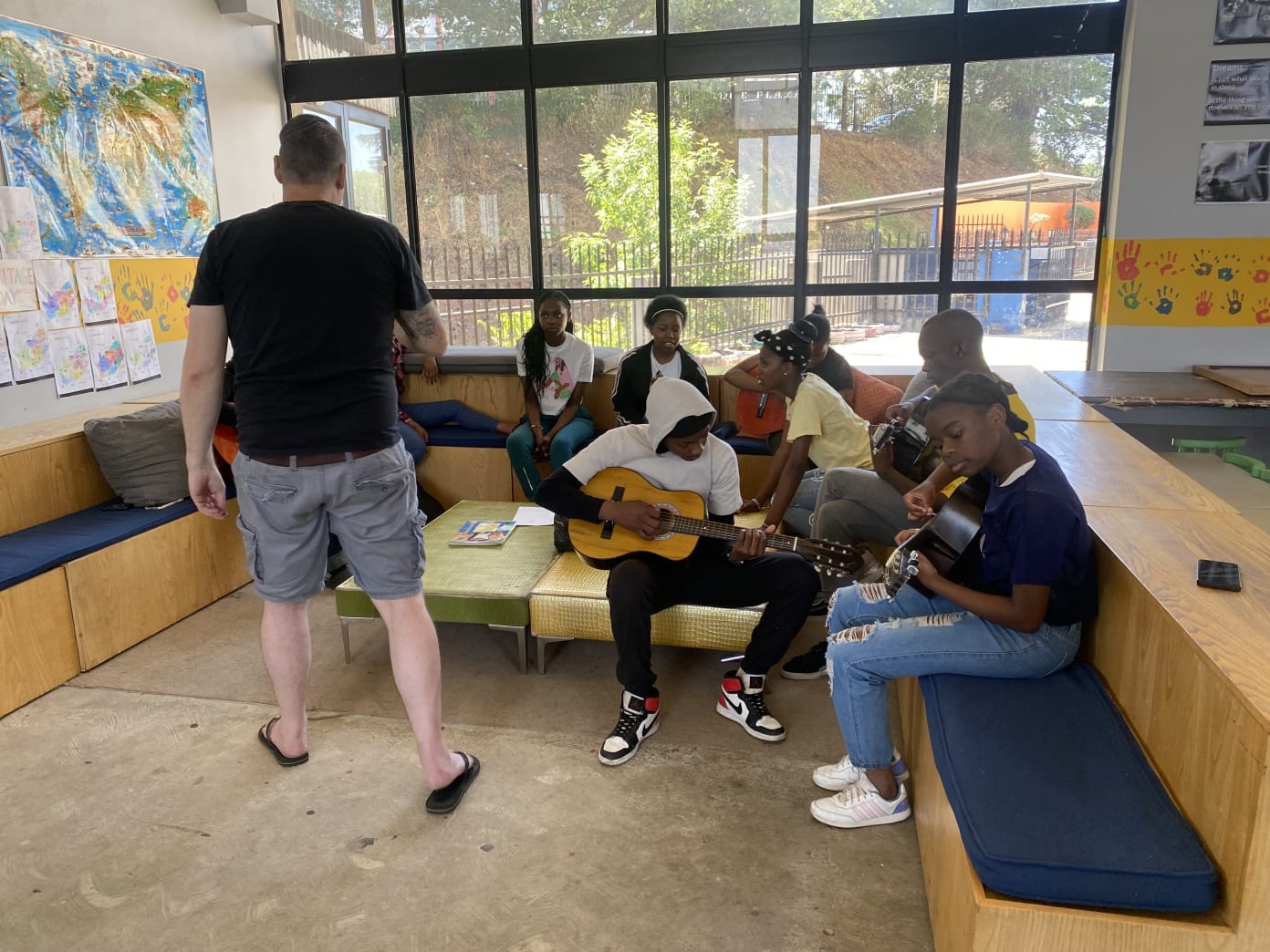
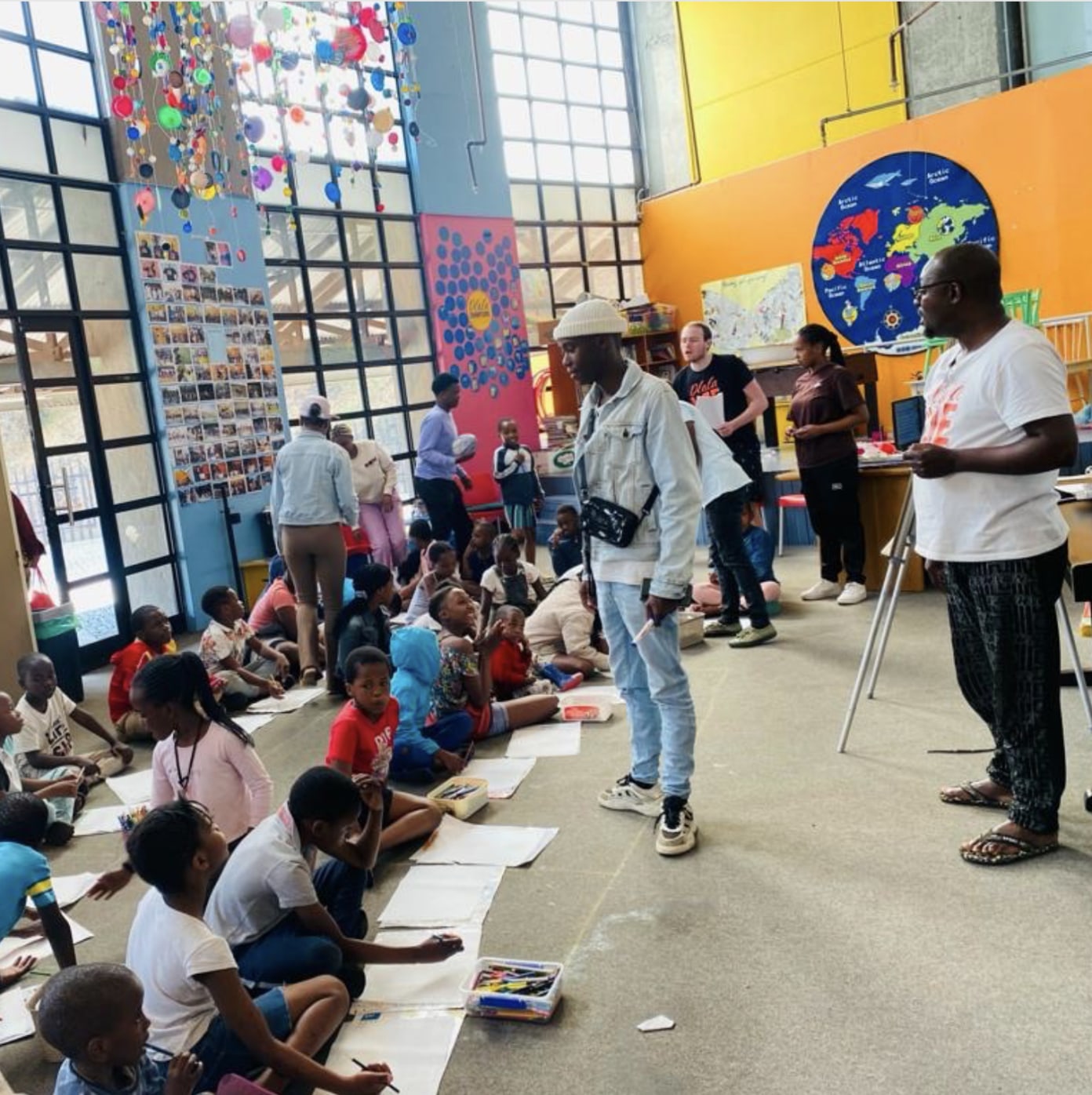
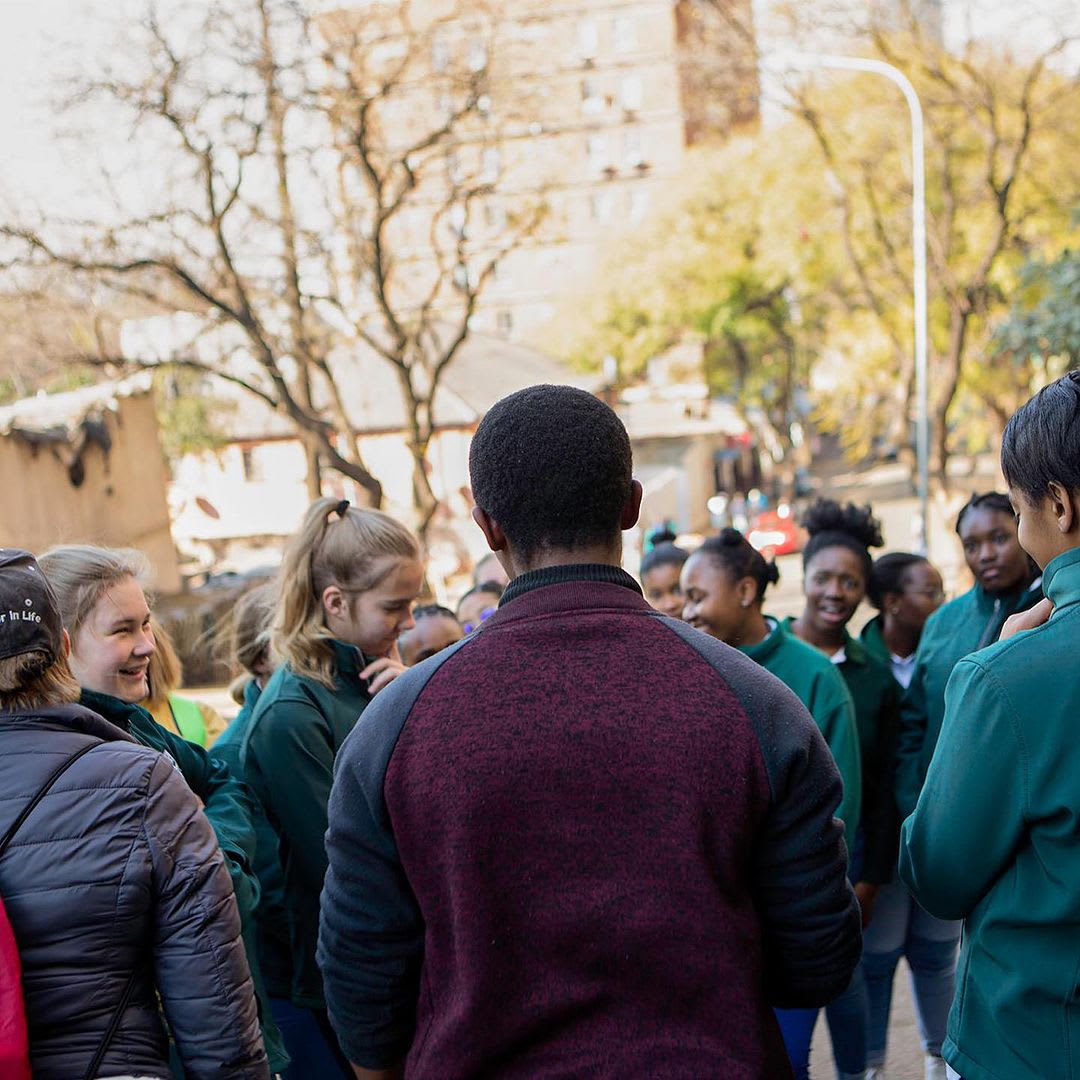




FM: What’s next for Dlala Nje?
SZ: When COVID hit, we had to let go of one of the spaces on the 51st floor which is the events space. So, going forward, it’s pretty much about getting back on our feet. We are planning on getting a shuttle because that will help those who think driving here is too risky. The plan is also to grow the PTY side because that’s what grows the community centre.
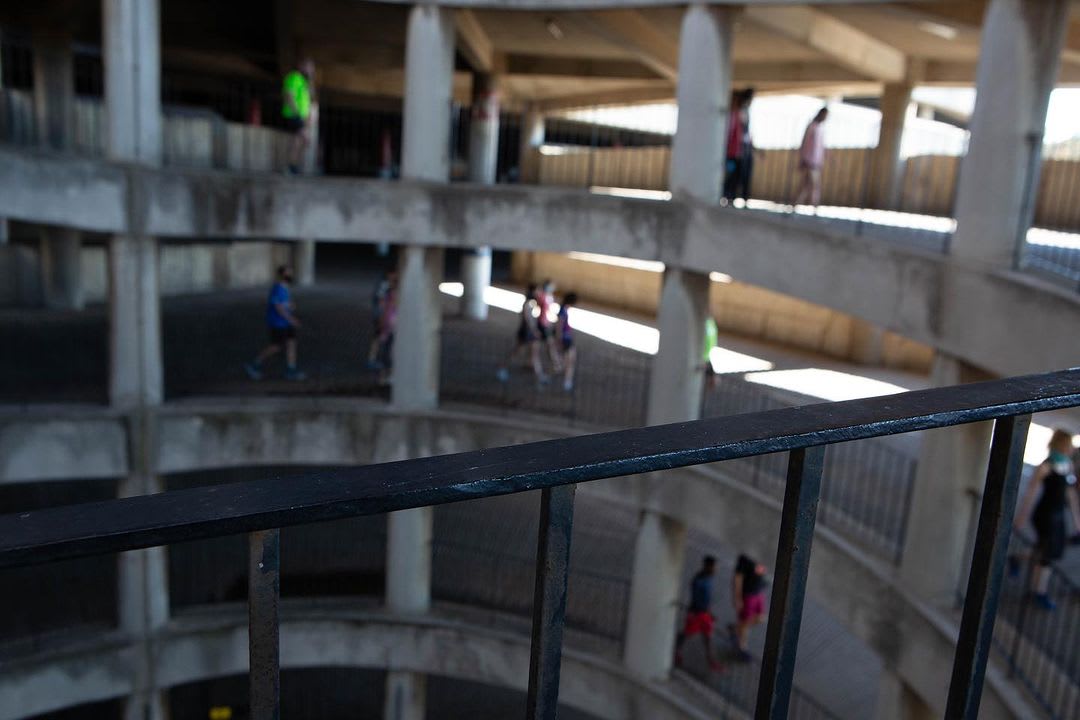
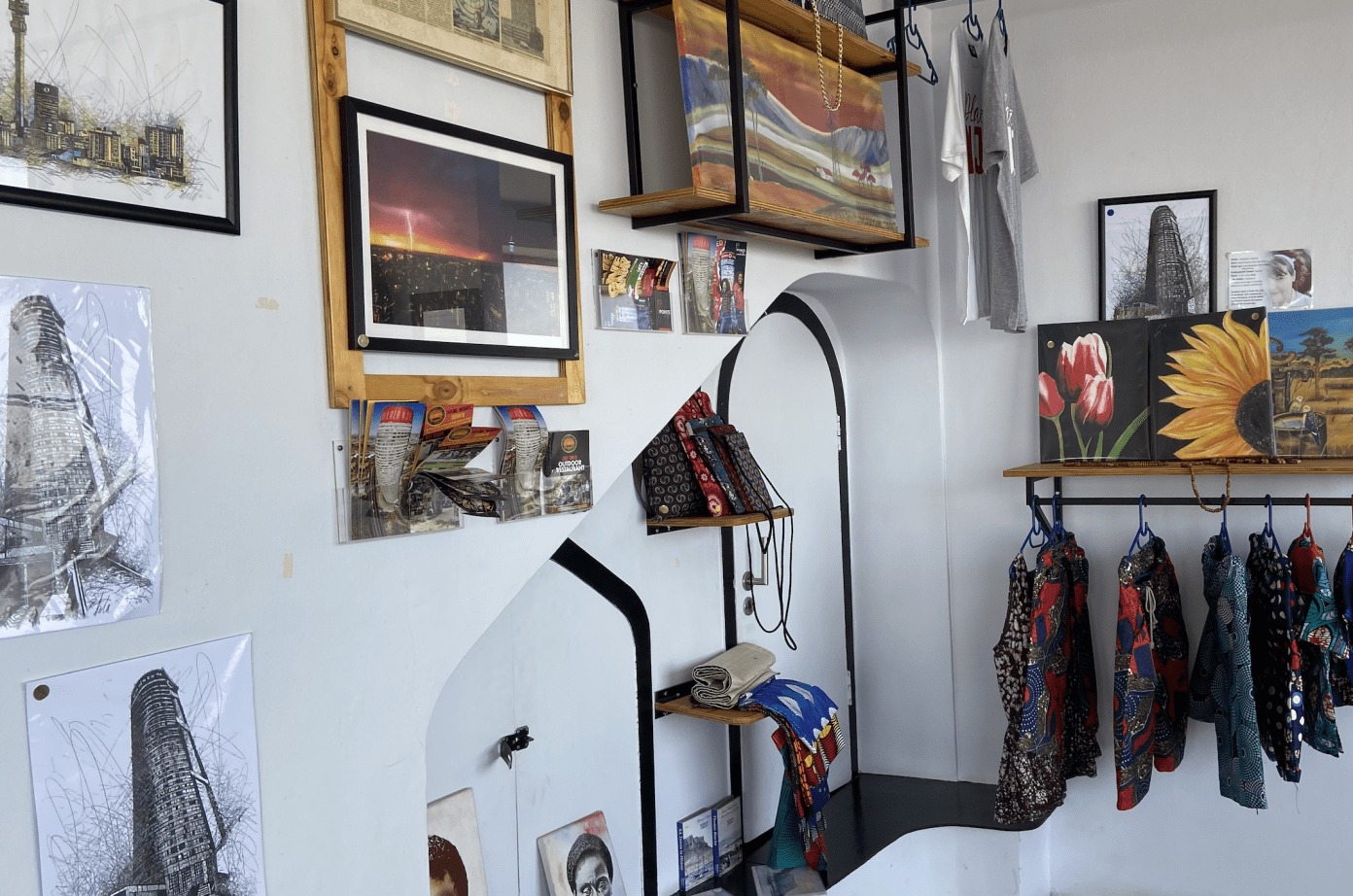
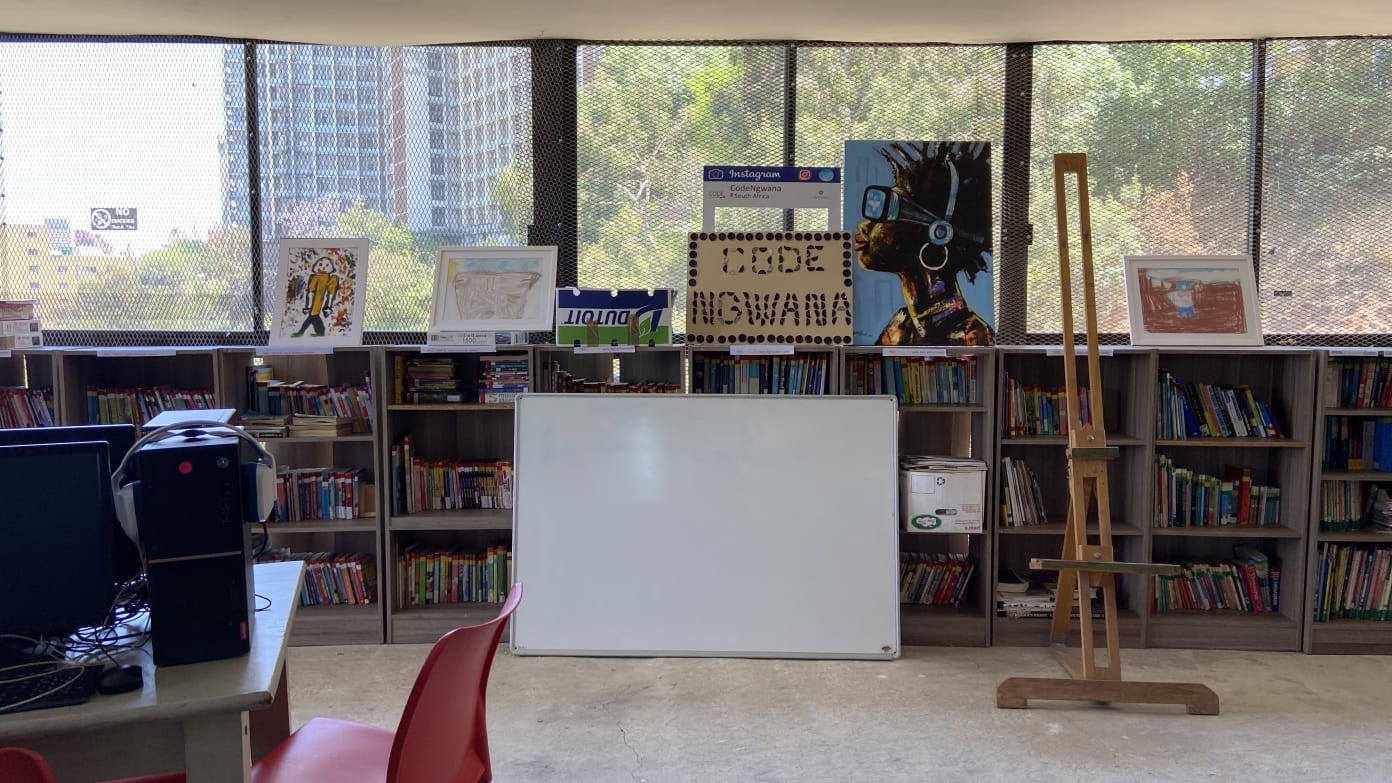
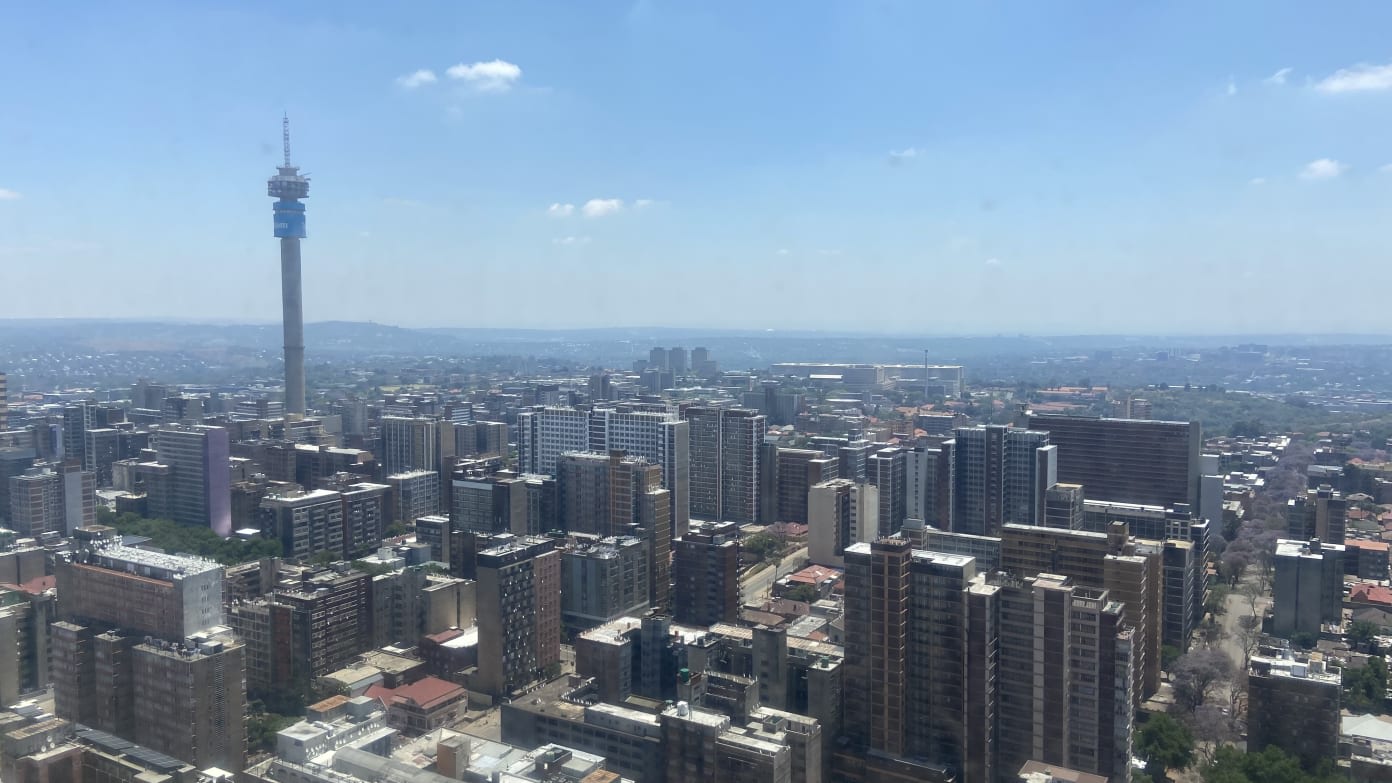
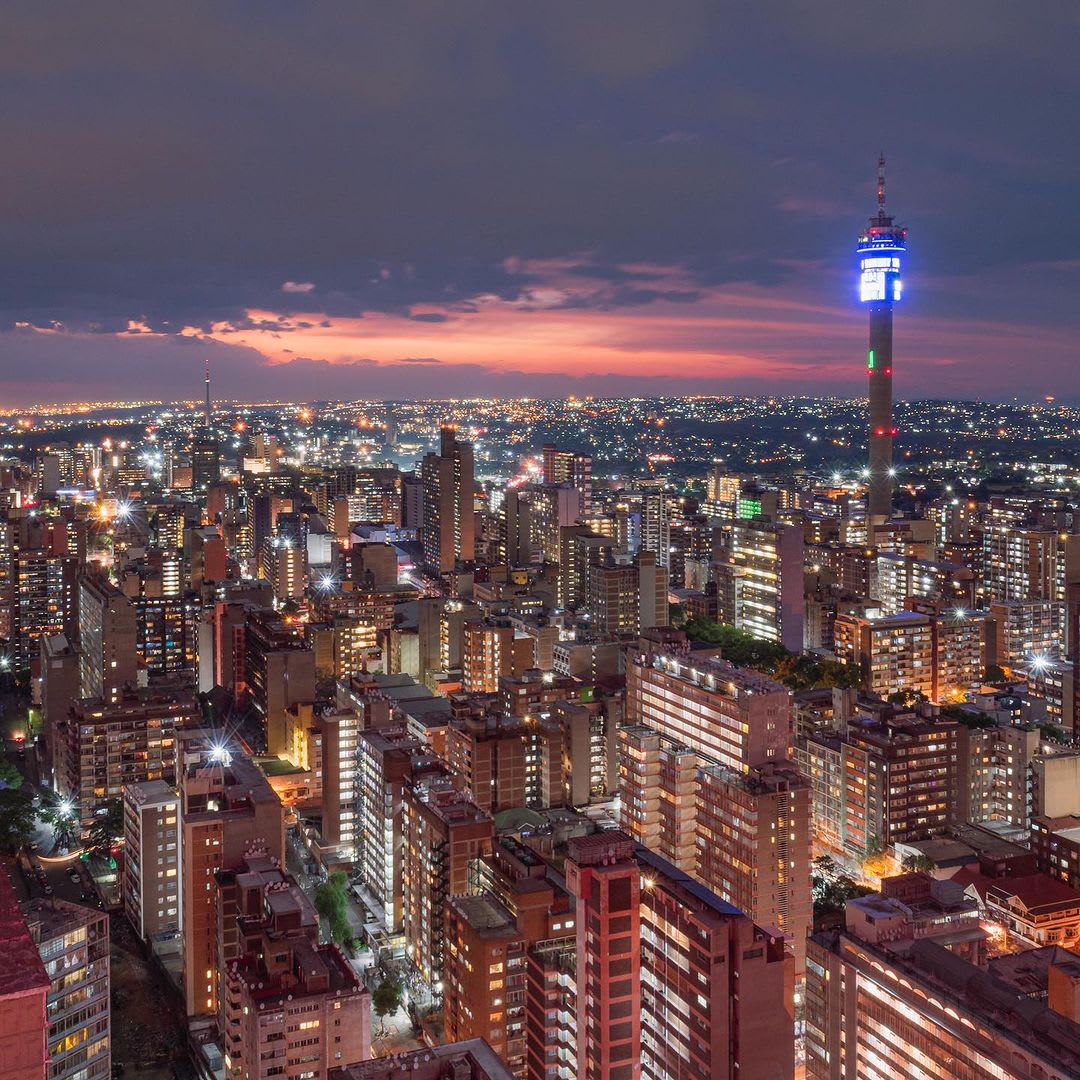
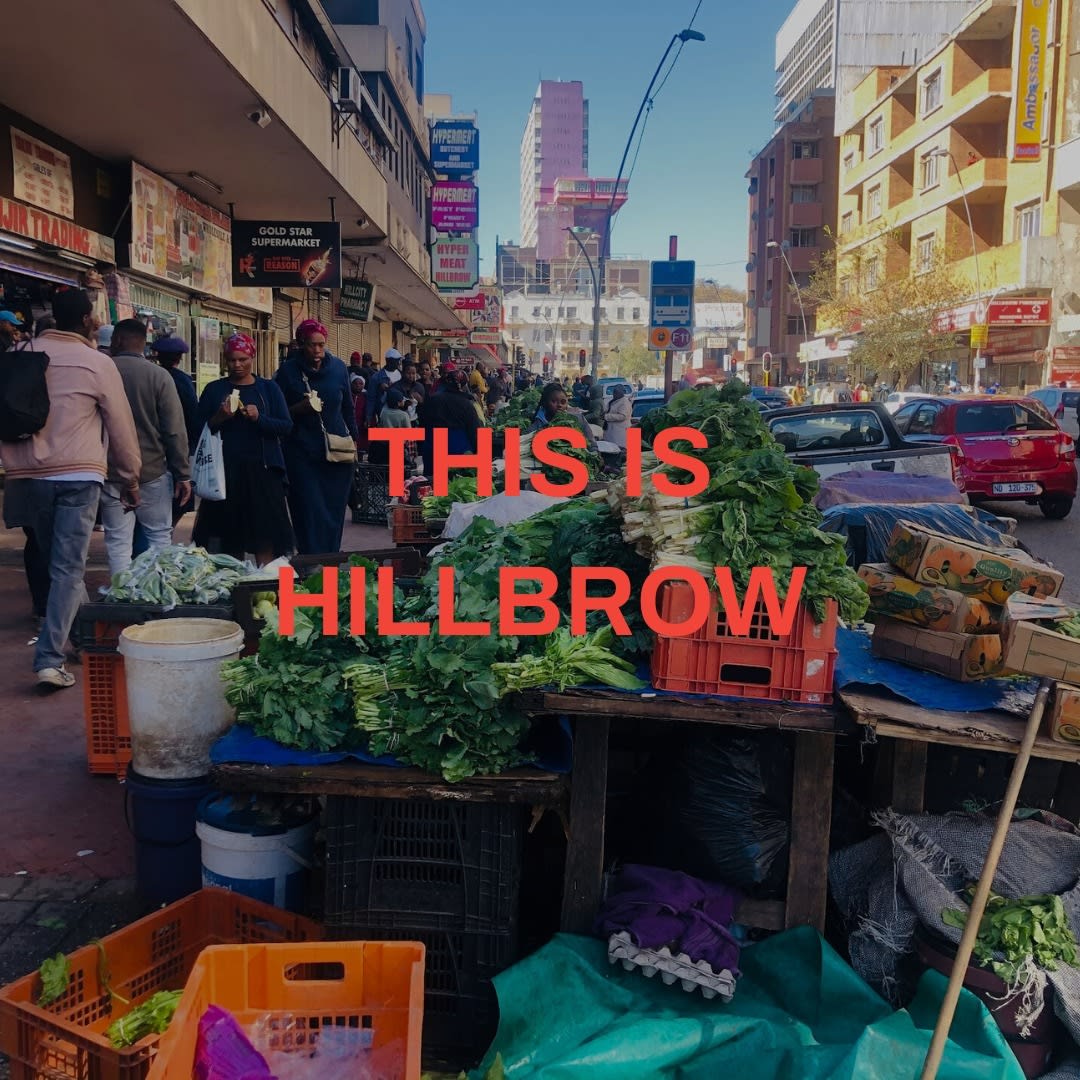






Words by Fatima Moosa for Letterhead
